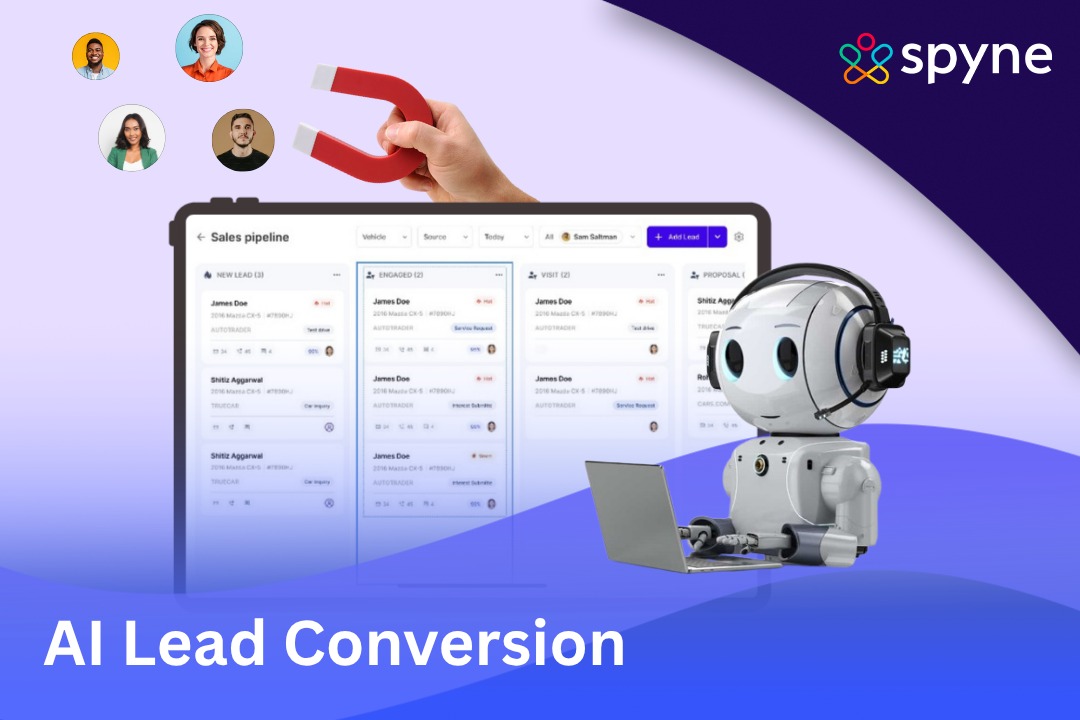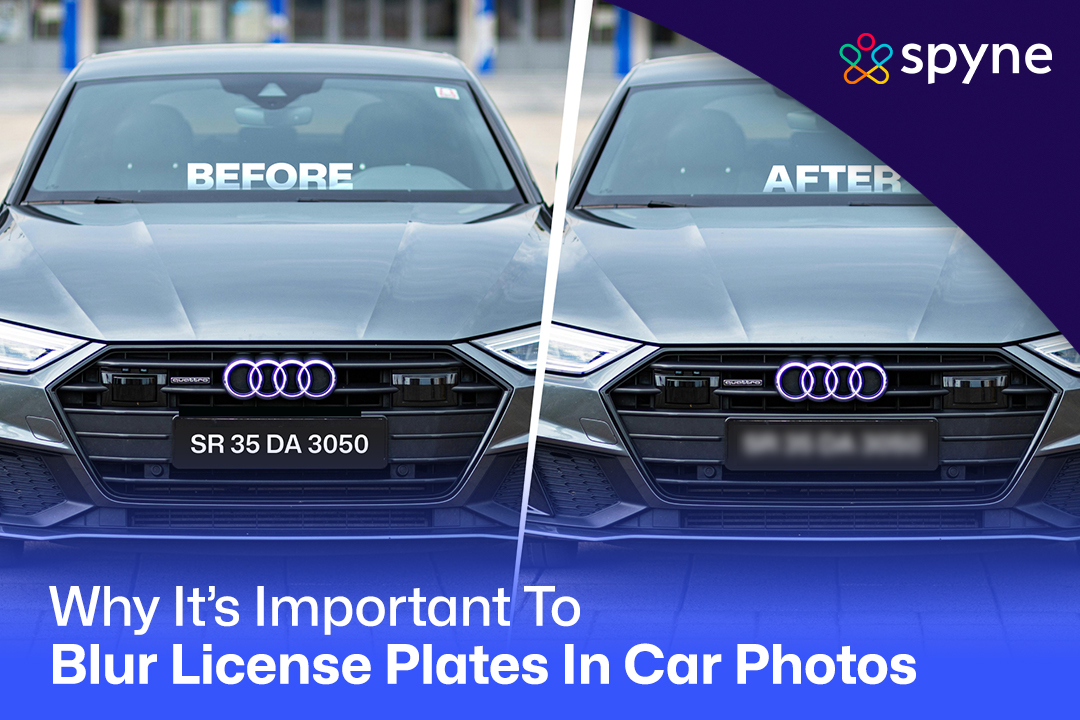Experience Vini AI in Action Today !
Content Marketing For Car Dealers
Generate Organic Traffic with Automotive Content Marketing
Increase visibility and build trust by creating high-quality, informative content that attracts and engages potential buyers.
%2Fhttps%3A%2F%2Fspyne-static.s3.us-east-1.amazonaws.com%2FlandingPagePlatform%2FSell%2BMore%2BCars%2Bwith%2BSmarter%2BAutomotive%2BContent%2BMarketing.webp&w=3840&q=90)
Trusted by 100s of car dealerships worldwide
Content Marketing
Create Compelling Content that Attracts and Converts
Leverage valuable, high-quality content to boost SEO, build brand authority, and engage potential buyers at every stage of their journey
%2Fhttps%3A%2F%2Fspyne-static.s3.us-east-1.amazonaws.com%2FlandingPagePlatform%2FEducates%2B%2526%2BReduces%2BSales%2BEffort.webp&w=3840&q=90)
Content Marketing For Dealerships
Build Brand Authority
Regularly publishing insightful content like blogs, videos, and guides positions your dealership as an expert in the automotive industry, boosting your credibility and driving organic traffic to your website.
%2Fhttps%3A%2F%2Fspyne-static.s3.us-east-1.amazonaws.com%2FlandingPagePlatform%2FIncreases%2BOrganic%2BTraffic%2B%2526%2BVisibility%2B(2).webp&w=3840&q=90)
Improve SEO Performance
Content marketing is a key driver of SEO. Well-written and keyword-optimized content helps your dealership rank higher in search results, making it easier for potential customers to find you online.
%2Fhttps%3A%2F%2Fspyne-static.s3.us-east-1.amazonaws.com%2FlandingPagePlatform%2FCustomer%2BEngagement%2B%2526%2BSocial%2BPresence.webp&w=3840&q=90)
Increase Customer Engagement
Engaging, informative content keeps potential buyers on your website longer, encouraging them to learn more about your vehicles and services, ultimately leading to higher conversion rates.
%2Fhttps%3A%2F%2Fspyne-static.s3.us-east-1.amazonaws.com%2FlandingPagePlatform%2FBuilds%2BTrust%2B%2526%2BBoosts%2BConversions.webp&w=3840&q=90)
Establish Customer Trust
Quality content builds trust with your audience. By providing useful car-buying tips, maintenance advice, or industry news, you demonstrate that you’re genuinely invested in the needs of your customers.
%2Fhttps%3A%2F%2Fspyne-static.s3.us-east-1.amazonaws.com%2FlandingPagePlatform%2FResults%2BYou%2BCan%2BCount%2BOn.webp&w=3840&q=90)
Our Impact in Action
Spyne’s dealership content marketing solutions to help you attract car buyers and increase leads
0%
more leads than the traditional outbound strategies
0%
higher leads to conversion ratio with targeted content marketing
Dealership Content Marketing
Create High-Impact Content marketing Campaigns with Spyne

Blog & Article Creation
Develop informative blog posts on topics that interest your target audience.

Video Marketing
Use video content to showcase vehicles, customer stories, and behind-the-scenes footage to build excitement.

Social Media Content
Share engaging posts, articles, and videos across your dealership’s social media platforms to attract new customers.

SEO-Optimized Content
Create content that is optimized for search engines to increase your website’s visibility.

Customer Testimonials
Feature customer reviews and testimonials in your content to build social proof and encourage new buyers.

Content Analytics
Measure the success of your content with analytics that track user engagement, time spent on page, and conversions.
Website Builder Integrations
Seamless Integrations with Your Favorite Tools
Sync essential tools, marketplaces, social media, calculators and a lot more for a seamless browsing experience.
Testimonials
Don’t take our word, take theirs.
"The best car dealership website template we've ever used! Easy to customize and great performance. We switched to an automotive website template, and it transformed our online presence within a month. The site is fast, user-friendly, and incredibly responsive "

James
Car Dealer From Texas
"Finding the right car dealer website template was a challenge until we discovered Spyne. It offers seamless integration and excellent design. I was thrilled to find a car dealership website template free that was free and didn't compromise on quality. Perfect for our growing dealership "

Sophie
Car Dealer From Mississippi
Ready To Drive Your Car Dealership's Success?
Create engaging blog posts, videos, and social media content that builds brand authority and drives traffic to your dealership
Automotive Website FAQs
Got questions? We've got answers.
Find answers to common questions about Spyne and its capabilities.
/d20uiuzezo3er4.cloudfront.net/AI-tools/ai-tool-home/HeaderNew/Spyne+Logo+black.png)
 Image Studio
Image Studio Car Tour
Car Tour Video Tour
Video Tour Vini AI
Vini AI.png)
.png)
.png)
.png)
.png)
.png)










